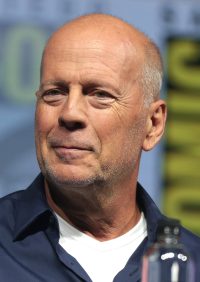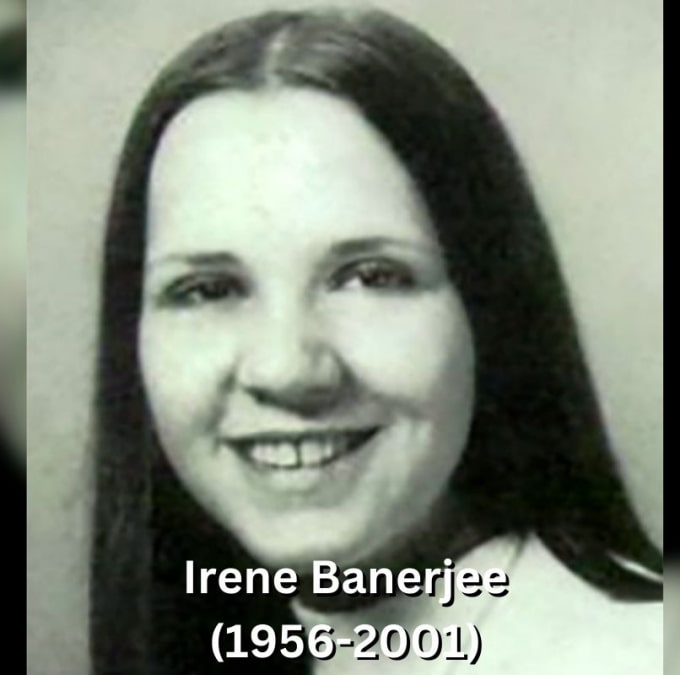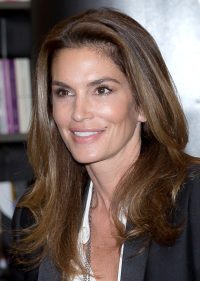Robert Floyd Curl Jr. is a celebrated figure in the realm of chemistry, acclaimed for his groundbreaking work that revolutionized the scientific community. He gained worldwide recognition for his role in discovering buckminsterfullerene, a feat that won him the Nobel Prize in Chemistry in 1996. This article delves into the life and legacy of Robert Curl, tracing his journey from a young science enthusiast to a renowned scientist.
Quick Information Table
| Full Name | Robert Floyd Curl Jr. |
|---|---|
| Popularly Known As | Robert Curl |
| Professions | Chemist, Professor |
| Date of Birth | August 23, 1933 |
| Place of Birth | Alice, Texas, United States |
| Nationality | American |
| Net Worth (2024) | Estimated $1-2 million |
| Spouse | Jonel Whipple |
Early Life
Robert Curl's formative years laid a solid foundation for his illustrious career in chemistry. Born in Alice, Texas, his interest in science was evident from a young age. His story, from a small-town boy to a Nobel laureate, is both inspiring and instructive.
Childhood and Education
Born on August 23, 1933, in Alice, Texas, Robert Floyd Curl Jr. was raised in San Antonio. An early interest in science, particularly chemistry, led him to pursue academic excellence, encouraged by his parents and his innate curiosity.
University Years and Academic Influences
Curl embarked on his higher education journey at Rice Institute (now Rice University), where he earned a Bachelor of Arts in Chemistry in 1954. He furthered his studies at the University of California, Berkeley, under the mentorship of renowned chemist Kenneth Pitzer, and earned his Ph.D. in Chemistry in 1957.
Career Highlights
Robert Curl's career is studded with significant achievements that have left a lasting impact on the field of chemistry.
Early Career and Research
After earning his doctorate, Curl joined the faculty of Rice University in 1958. His initial research centered on infrared and microwave spectroscopy, contributing significantly to the understanding of free radicals and other chemical species.
The Discovery of Buckminsterfullerene
Curl's most noteworthy achievement was the discovery of buckminsterfullerene (C60) in 1985. Working alongside Richard Smalley and Harold Kroto, Curl's research led to the identification of this unique carbon molecule, resembling a soccer ball. This discovery sparked a new era in nanotechnology and materials science.
Nobel Prize in Chemistry
Curl's groundbreaking discovery earned him global recognition, culminating in the award of the Nobel Prize in Chemistry in 1996, which he shared with Smalley and Kroto. This prestigious award underscored the transformative impact of their work on the scientific community.
Personal Life
Beyond his professional accomplishments, Robert Curl led a fulfilling personal life, deeply rooted in family and personal interests.
Family and Relationships
Robert Curl was married to Jonel Whipple, and their relationship was characterized by mutual respect and support. While details about their children are not widely known, Curl's personal life was marked by strong family ties.
Interests and Hobbies
Curl was known for his humility and approachability outside the laboratory. His diverse interests and hobbies showcased his multifaceted personality, endearing him to colleagues and students alike.
Major Achievements
Robert Curl's career is marked by numerous accolades that highlight his significant contributions to the field of chemistry.
Awards and Honors
Apart from the Nobel Prize, Curl received several other awards throughout his career, including the Citation for Chemical Breakthrough Award in 2015 and the National Historic Chemical Landmark designation in 2010 for the discovery of fullerenes.
Impact on Science and Technology
Curl's work has had a profound influence on various fields, including nanotechnology, materials science, and spectroscopy. His research continues to inspire countless scientists and influences contemporary scientific endeavors.
Financial Insights
Robert Curl's financial success mirrors his professional achievements and the value of his contributions to science.
Net Worth and Earnings
As of 2024, Robert Curl's estimated net worth stands between $1-2 million. This estimate reflects his earnings from academic positions, research grants, and recognitions for his scientific contributions.
Financial Legacy
Curl's financial legacy extends beyond his personal earnings. His work has paved the way for advancements in various industries, contributing to economic growth and technological innovation.
Conclusion
Robert Floyd Curl Jr.'s legacy is one of scientific excellence and profound impact. His contributions, particularly the discovery of buckminsterfullerene, have secured his place among the greatest scientists. Curl's journey, from a curious boy in Texas to a Nobel laureate, exemplifies his dedication, intellect, and passion for discovery.
FAQs
What is Robert Curl best known for?
Robert Curl is renowned for his role in discovering buckminsterfullerene (C60), a unique carbon molecule with significant implications in nanotechnology and materials science.
When did Robert Curl receive the Nobel Prize?
Robert Curl received the Nobel Prize in Chemistry in 1996, which he shared with Richard Smalley and Harold Kroto for the discovery of fullerenes.
Where did Robert Curl spend most of his career?
Robert Curl spent the majority of his career at Rice University, where he made significant contributions to the field of infrared and microwave spectroscopy.
What impact did Robert Curl's work have on science?
Robert Curl's work has profoundly influenced various scientific fields, including nanotechnology, materials science, and spectroscopy. His discovery of buckminsterfullerene has opened new avenues for research and technological advancements.
How is Robert Curl's legacy remembered today?
Robert Curl's legacy is remembered through the numerous awards and recognitions he received, as well as the ongoing influence of his research on contemporary scientific endeavors. His contributions continue to inspire new generations of scientists.
In conclusion, Robert Curl's life and career serve as an inspiring testament to dedication and innovation in scientific discovery. His enduring legacy continues to shape the future of chemistry and related fields.












